Types and Classification
Primary
Type 2 BAD (previously referred to as idiopathic/primary bile acid malabsorption). People are diagnosed with Type 2 BAD when there is no other disorder affecting the small bowel. Until recently it was not known why people with no other underlying bowel disorders were experiencing bile acid diarrhoea however research has now identified that in this group of people it is due to a hormone disorder. Usually when bile is reabsorbed from the small bowel, more of a hormone called fibroblast growth factor 19 (FGF19) is produced to stop new bile being produced. In people with bile acid diarrhoea less FGF19 is produced so the production of bile fails to be switched off meaning more bile is produced than can be absorbed causing the watery diarrhoea. Research studies suggest that 1:3 people who have Irritable Bowel Syndrome with diarrhoea (IBS-d) as a prominent feature could have primary BAD.
Secondary
Type 1 BAD affects people who have BAD as a result of either inflammation of the small bowel due to Crohn's disease or surgical removal of the small bowel.
Type 3 BAD affects people with various gastrointestinal diseases such as removal of the gallbladder (Cholecystectomy), small intestinal bacterial overgrowth (SIBO), post radiation treatment for cancer, coeliac disease and chronic pancreatitis.
